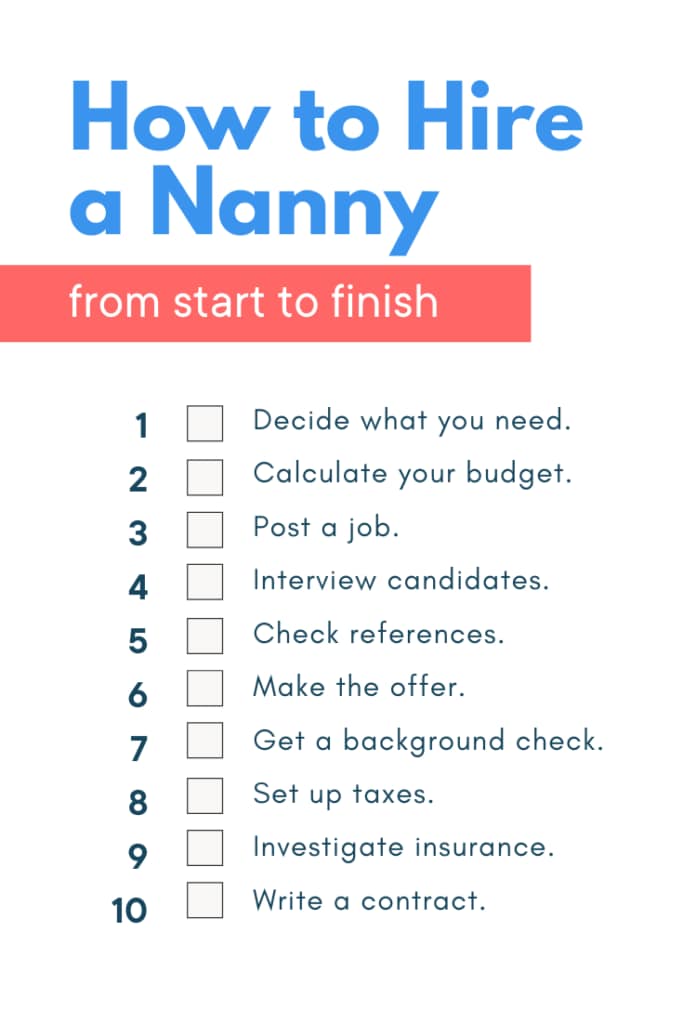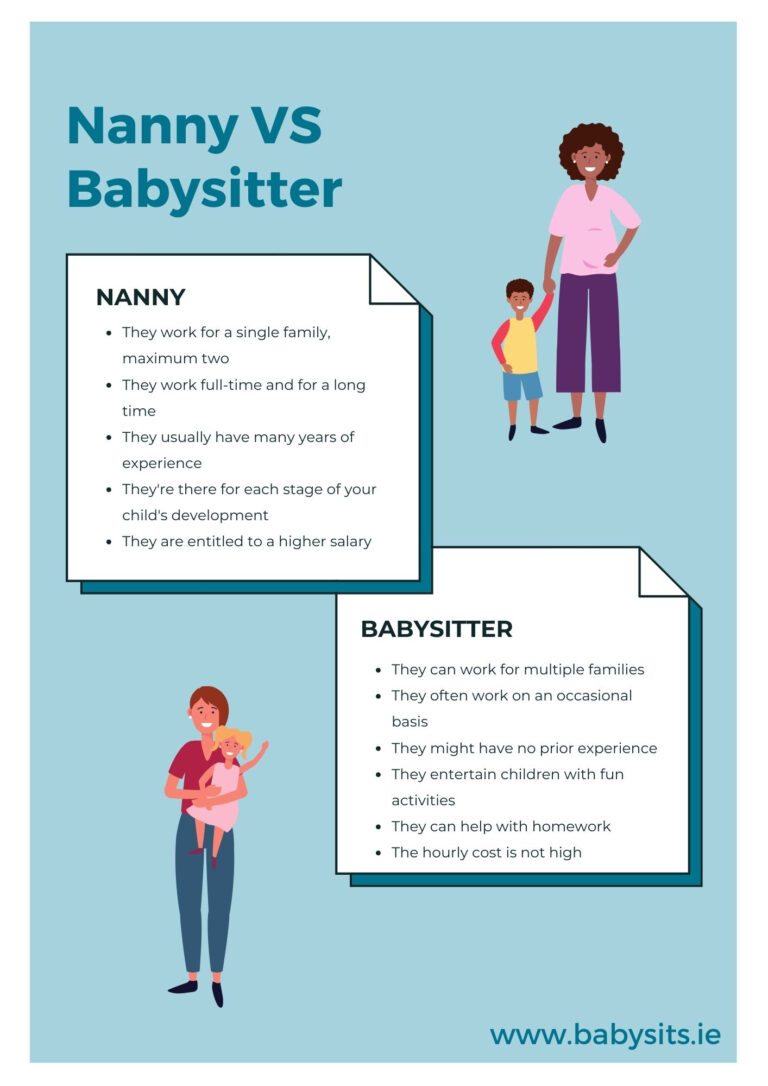When Should Baby Be Able To Hold Head Up
As a parent, one of the most exciting milestones in your baby’s development is when they can hold their head up on their own. This not only signifies a significant step towards independence but also plays a crucial role in their overall physical and cognitive development. In this article, we will delve into the timeline of when babies should be able to hold their head up, why it is important, and how you can help them achieve this milestone.
Knowledge
It is important to understand that every baby develops at their own pace, so the timeline for when they can hold their head up may vary. Typically, babies start to gain head control around 2 to 4 months of age. During this time, you may notice your baby lifting their head briefly while lying on their tummy or when being held upright. This is a positive sign that their neck muscles are getting stronger.
By around 6 months of age, most babies should be able to hold their head up steadily without much support. They will be able to sit with minimal assistance and have better control of their head movements. This is an important milestone as it is a precursor to other developmental milestones such as rolling over, crawling, and eventually walking.
To help your baby reach this milestone, you can incorporate activities that encourage head control. Tummy time is a great way to strengthen neck muscles and improve head control. Place your baby on their tummy for short periods several times a day, making sure to supervise them at all times. You can also hold your baby in a supported sitting position to help them practice holding their head up.
It is important to remember that every baby is unique, and some may reach this milestone earlier or later than others. If you have concerns about your baby’s development, it is always best to consult with your pediatrician for guidance and reassurance.
Conclusion
In conclusion, the ability for a baby to hold their head up is an important developmental milestone that signifies strength and progress in their physical abilities. By understanding the timeline and ways to support this skill, you can help your baby reach this milestone with confidence.
Parents and caregivers play a key role in providing a safe and supportive environment for babies to practice and develop their head control. By engaging in activities that promote neck and head strength, you are setting the stage for further physical development and growth.






